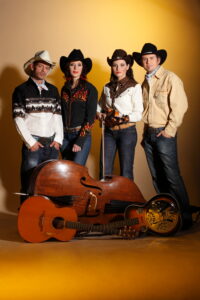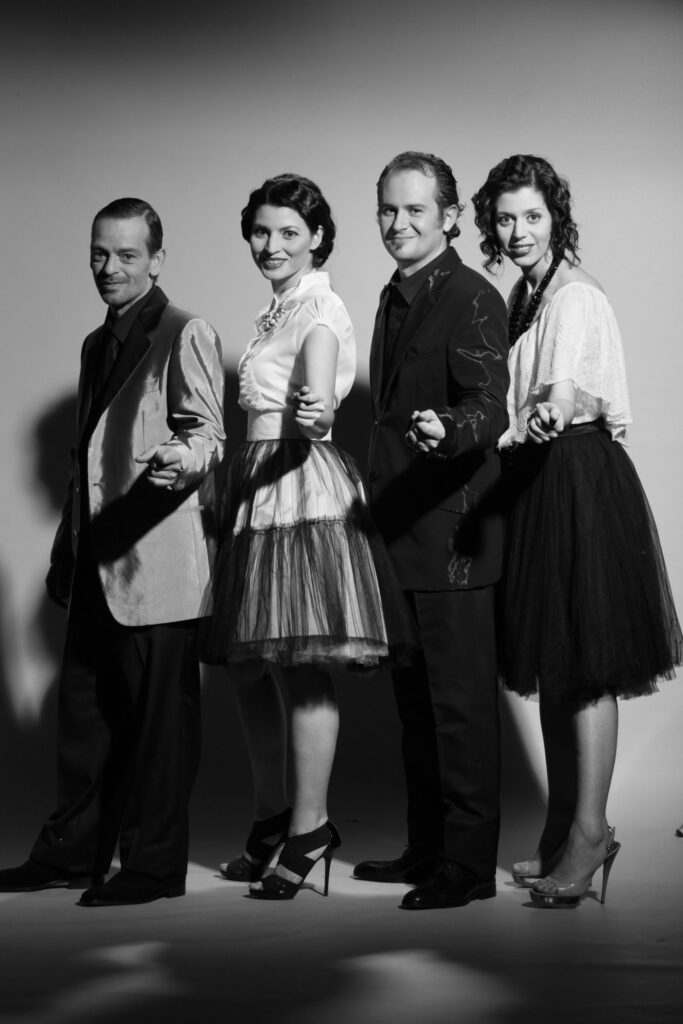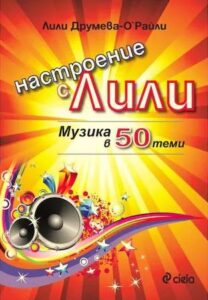Mike Munford
“Music is like a moving train…”
Interview with Mike Munford, IBMA’s banjo player of the year 2013,
© Lilly Drumeva-O’Reilly.
-Tell me about yourself and how did you get involved in bluegrass music
I was raised in Baltimore, Maryland. I didn’t have bluegrass music in my family. My parents listened to classical music. My father was a physician and my mother worked at the Baltimore Museum of Art. I started playing when I was 15. A friend of mine in the neighborhood introduced me to the banjo and bluegrass music. He played some tunes by Earl Scruggs such as “Foggy Mountain Breakdown”. I also heard “Dueling Banjos” on the radio and these two tunes changed my life. I started taking lessons from my friend on Sunday afternoons and bought the Pete Seeger book. I learned to play the folk style banjo first.
-What happened next?
I continued playing the banjo and improved a lot while studying the Earl Scruggs book. I also attended my first bluegrass festival. Around the same time, I read a bluegrass article in “The Baltimore Sun” and subscribed to “Bluegrass Unlimited” magazine. The first issue I received was in June, 1974 and it had a long list of bluegrass festivals. I went to the one in Gettysburg and saw J.D. Crowe. He became one of my greatest influences. I started looking for musicians to play with and placed an ad in “Bluegrass Unlimited”. I met a guy named Steve Cunningham, who was about to open a bluegrass store. Right after high school I started working there and eventually became the manager and vice president. I stayed there for 24 years. I learned to repair instruments and did some teaching. While working in the store, I had time to read bluegrass magazines and absorbed a lot of information. I also joined several bluegrass bands in the Baltimore area.
-How did you develop your style? Who are your biggest influences?
Earl Scruggs and J.D. Crowe were my biggest influences in traditional bluegrass. In the late 70’s, I discovered the music of New Grass Revival and began learning melodic style banjo. I started playing fiddle tunes on the banjo. In the early 80’s, I did some gigs with Peter Rowan. This was a big break for me. I love his music and his albums. I also play guitar and was influenced by the Tony Rice style.
-How did you become famous outside the Baltimore area?
After the music store closed in 2000, I joined the Mark Newton band. I became a full time musician and started touring. In 2004, I met Frank Solivan, who was in The U.S. Navy band. I recorded on his project and started playing with his band “Dirty Kitchen”. In 2009, we toured nationally, including gigs in California, Colorado and Alaska. He’s a powerful mandolin player, singer and songwriter.
-What is music to you?
Music to me is like a moving train. Musicians are passengers who get on and off at different times. The train started rolling in 1945, with Bill Monroe and Earl Scruggs. By the time I boarded the train, many other players hopped on and kept it moving and so it goes.
-Where is the train going now? Is bluegrass going to stay the same, to evolve, to die?
This train will never stop. It is fueled by passion and love for the music and appreciation for where that train has been. I don’t know where that train is going to go, but I’m really going to enjoy the ride. When you hear it going down the tracks, you really want to be a part of this journey. The stops are like the years in music. I got on in 1973 and hopefully will ride it to the end of the line.
– Why is bluegrass music so exciting, why does it appeal to so many people around the world?
It is very powerful and it’s a music that is very accessible. One key ingredient that keeps the train going is the blues. The blues element crosses generations and is universal in many styles of music.
– What do you think about bands such as Munford and Sons, the Lumineers? Are they good or bad for bluegrass?
They’re very popular bands and some of their fans may discover bluegrass as a result of listening to their music.
What is bluegrass and what is not?
Very simple. Bill Monroe is bluegrass. He is it. He is the blueprint. Flatt & Scruggs, Jimmy Martin, Ralph Stanley, they are all styles of bluegrass. I’m pretty open to the newgrass styles as well. I try to be a versatile banjo player myself. I play traditional, melodic and progressive styles. I love different kinds of music. It’s like food. Sometimes you enjoy fried chicken, sometimes a tasty salad or a gourmet meal, there should be room for everything.







